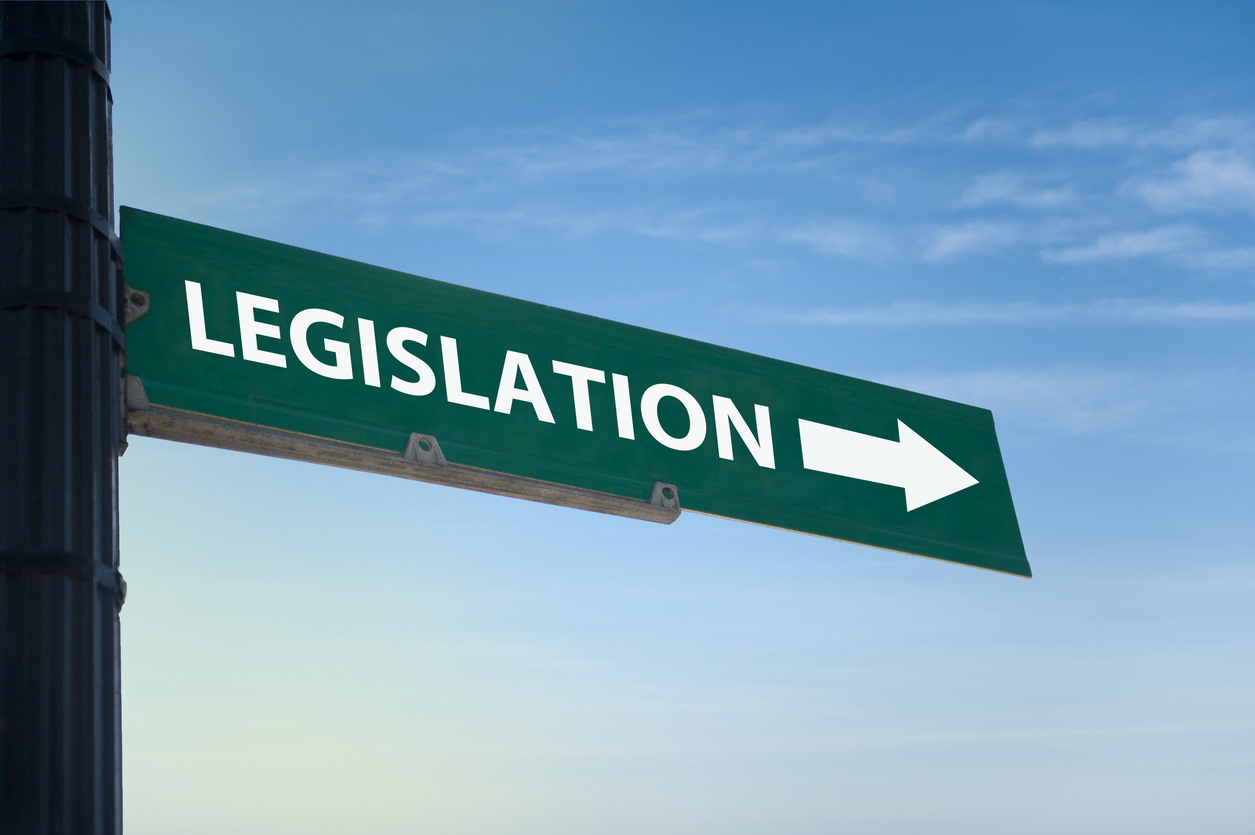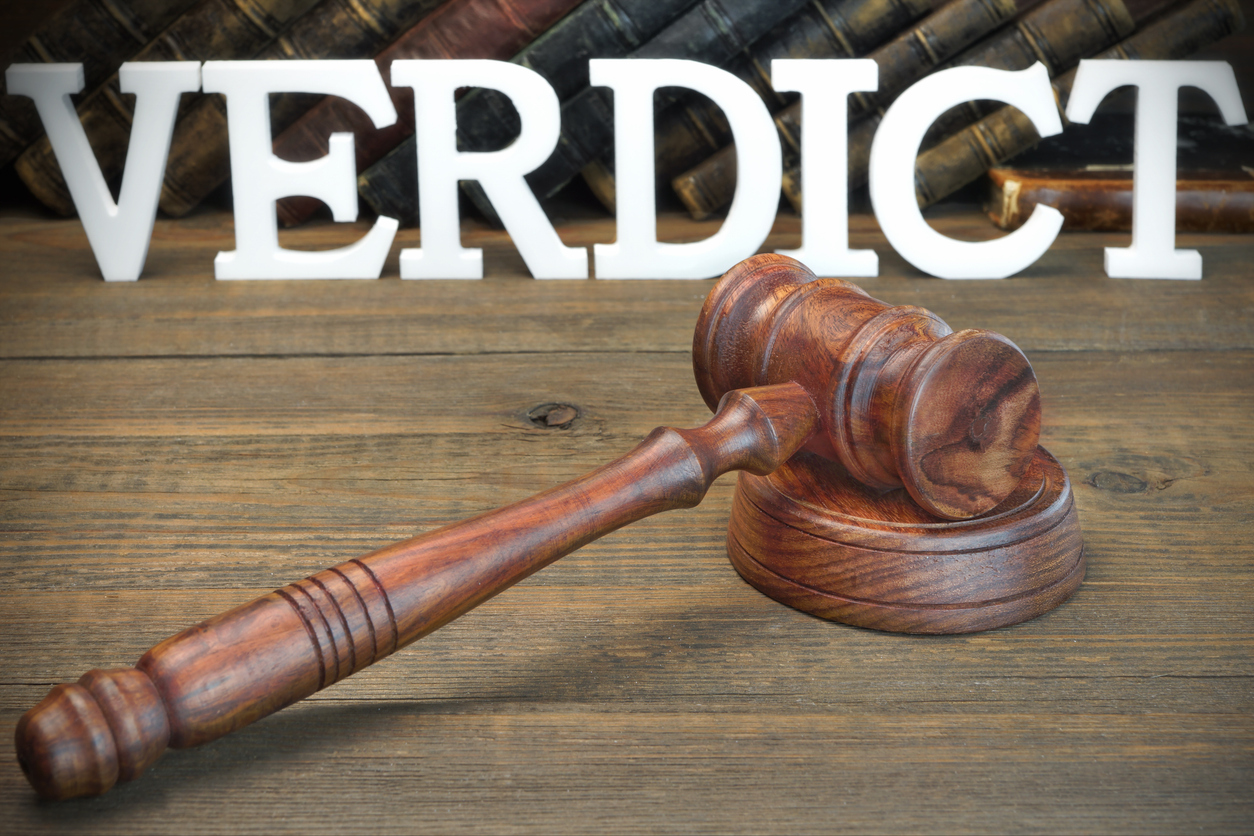When I was first starting in the property insurance claim field in the early 1980s, I can still recall my mentor, Paul Butler, excitedly talking about going to the PLRB conference. He spoke of the highly sophisticated level of insurance claims personnel and the presenters. I still think of the PLRB as having some of the best insurance claims minds in the business. However, I do not view it as a policyholder-friendly organization.
Since I have never written a post to help readers of this blog understand the Property & Liability Resource Bureau, better known as PLRB, it seems that I should do so. It is an influential player in the insurance claims industry. For those unfamiliar with the organization, it plays a central role in shaping claims practices, providing education, and promoting information-sharing among insurers, all under the guise of improving industry efficiency and customer service.
PLRB’s origins trace back to the mid-20th century. Initially formed as two separate entities—the Property Loss Research Bureau (PLRB) and the Liability Insurance Research Bureau (LIRB)—the organization was established to address common problems insurers faced in adjusting claims and understanding emerging loss exposures. As the insurance industry evolved, so did PLRB. In 1997, the two branches merged into a single organization under the unified name Property & Liability Resource Bureau, reflecting a broader mission that embraced both property and casualty lines.
The stated mission of PLRB is to “encourage productivity and efficiency in the property and liability loss and claim handling processes of its members.” It seeks to achieve this through research, education, and the development of technical resources. On paper, this mission seems fairly straightforward: help insurers handle claims faster, more consistently, and with better knowledge of legal and technical issues. However, the organization’s influence extends deeper into how claims are handled on a systemic level.
PLRB’s membership is made up almost entirely of insurance companies. Its members are primarily property and casualty insurers who pay annual dues to access the organization’s many resources. These members gain entry into an extensive network of claims executives, adjusters, technical experts, and legal professionals, all collaborating and sharing information about claims trends, strategies, and operational challenges. One notable feature of the PLRB is that it is not open to policyholders, public adjusters, or me. It operates fundamentally as an insurer-centric forum, meaning that its educational programming and technical resources are designed with insurer interests in mind.
The organization offers a variety of services to its members. It maintains a vast online resource library filled with legal research, technical bulletins, and claim handling guides. It hosts major annual conferences, such as the Claims Conference and the Large Loss Conference, which bring together thousands of claims professionals from across the country. These events include educational sessions on coverage issues, legal trends, and technical loss adjustment topics, as well as large exhibit halls featuring vendors and service providers catering to insurers. PLRB also provides continuing education credits through its seminars, supporting professional development for claims adjusters and executives.
One of the organization’s more subtle but powerful roles is to create a forum for insurers’s executives, managers and vendors to network, share challenges, and discuss emerging risks. The sheer scale of information-sharing through its events and other communications among direct competitors naturally invites questions by those concerned with policyholders who are not allowed to see what goes on behind the curtain.
Remember the post about a members-only class teaching other claims executives and insurance attorneys about public adjusters, which I posted six years ago? The post, “What Does the Insurance Industry Teach Itself About Public Insurance Adjusters?” noted a slide in the presentation that defined a public adjuster as:
A person that often makes the claims process difficult, whose sole purpose in life is to inflate claims because he or she works on a percentage.
The PLRB is now more than just an educational event organization. The PLRB has expanded its technical capabilities significantly over the past few decades. Its online databases now include state-specific regulatory information, coverage interpretations, building code references, and subrogation tools. It also offers mobile apps and digital training platforms, allowing adjusters in the field to quickly access legal and technical information. These tools are intended to make claim handling faster and more consistent across the industry.
The organization has also faced changes as the insurance industry itself has shifted. Natural disasters have grown more frequent and severe, cyber risks have emerged as a major concern, and public scrutiny of claims practices has intensified. PLRB has responded by updating its educational offerings and hosting more sessions on catastrophe claims, data security, and regulatory compliance. Despite this modernization, it remains fundamentally a service organization for insurers.
In understanding the PLRB, it’s important to see it as both a resource and a reflection of the priorities of the property and casualty insurance industry. It exists to strengthen insurers’ abilities to manage losses efficiently and consistently. It does not exist to advocate for policyholders or to address consumer grievances. Its work often shapes how claims are adjusted across the country, making it a powerful force behind the scenes in the insurance world. For professionals dealing with insurance claims, whether on the carrier or policyholder side, understanding PLRB’s role and influence is essential. The problem for a person like me is gaining access to the materials since they are clearly guarded against transparency to policyholders and their representatives.
For example, “matching” in property losses is an everyday and common issue facing every single insurance company and arises in many property insurance losses. The PLRB offers a service to its member insurers to obtain coverage opinions regarding losses, including issues of matching.
I have attached such an opinion that was filed in federal court, which a PLRB staff attorney wrote in response to the matching issue in Colorado. The response stated in part:
Matching concerns arise with respect to building surfaces, both interior and exterior. Whenever one item in a surface, such as a shingle, length of siding, or tile, is damaged and nearby items are not damaged, a matching problem can arise. This problem generally occurs when the specific item in question is no longer made or the color of the property has faded. If the specific item in question is no longer made, then it is not possible to replace the damaged item with an item that ‘matches’ the surrounding undamaged items. Thus, any replacement of just the item damaged arguably leads to a mismatch.
It appears that matching concerns can arise whether the insured seeks a replacement cost or an actual cash value recovery. The Homeowners policy, for example, refers to settling property losses to buildings at replacement cost of ‘that part of the building damaged for like construction and use on the same premises (or at actual cash value if not repaired).’ Those favoring replacement of undamaged as well as damaged items support their position by considering the entire surface as the ‘part of the building’ damaged; thus the policy covers replacement cost for the entire surface. On the other hand it could also be argued that “part of the building” refers to the particular item(s) damaged.
An insurer faced with a demand, for instance, that all carpeting, all shingles, all linoleum, or all siding be replaced when only a part is actually physically damaged could take the position that it is only liable for ‘that part of the building’ physically damaged and that the cost of repair or replacement of more than that is not a ‘necessary amount’ to meet its policy obligations. On that basis, the insurer would seek to pay only for the repair or replacement of the physically damaged portion and not include any costs to repair or replace portions not physically damaged even if the damaged portion could not be repaired or replaced with matching materials. An insured may well respond to such a position that repair of property that had matched other undamaged property before the loss with materials that do not match other undamaged property after the loss is not an adequate repair. Or the insured could argue that replacement of what had been matching materials with non-matching materials does not indemnify the insured on a replacement cost basis because it does not give the insured what the insured had prior to the loss (without deduction for depreciation) – all matching property.
Under a Homeowners policy offering replacement cost coverage, an insured may opt for an actual cash value recovery. Actual cash value is not defined in the policy. In states that define actual cash value as replacement cost less depreciation, if a theoretical replacement cost includes coverage for matching, then actual cash value will reflect this factor. An insured may request coverage for replacement cost but never repair and claim the holdback. In states using a broad evidence or market value approach to determining actual cash value, any evidence of decrease of market value resulting from a mismatch will affect calculation of the actual cash value of the loss. For a discussion of the various ways courts measure actual cash value, see PLRB’s ACV Annotation.
The nuance of pointing out that matching has a replacement component and that if strictly looked at from an actual cash value analysis, especially with older cases not allowing depreciation of repairs, the result could be different with an actual cash value analysis is correct. Most would never catch that point. It is an excellent introduction for a memo on the issue. I suggest readers take the time to read the entire memo if they are interested in the matching issue.
The bottom line is that the PLRB is a force within the insurance industry and claims departments regarding property insurance claims. It has grown its influence and offerings to its members. Cutting-edge property claims issues, views and processes are shared and taught—none of which is made available to the public who purchase the product or state insurance regulators who are responsible for regulating the claims practices of insurers.
Since what I do for a living is help the customers of PLRB members obtain coverage for denied or underpaid losses and raise issues about the good faith claims processes, which may not have been met, I am not anticipating that the insurance company members and the PLRB are going to send me a VIP ticket to a PLRB conference anytime soon.
Thought For The Day
“A secret’s worth depends on the people from whom it must be kept.”
—Carlos Ruiz Zafón




